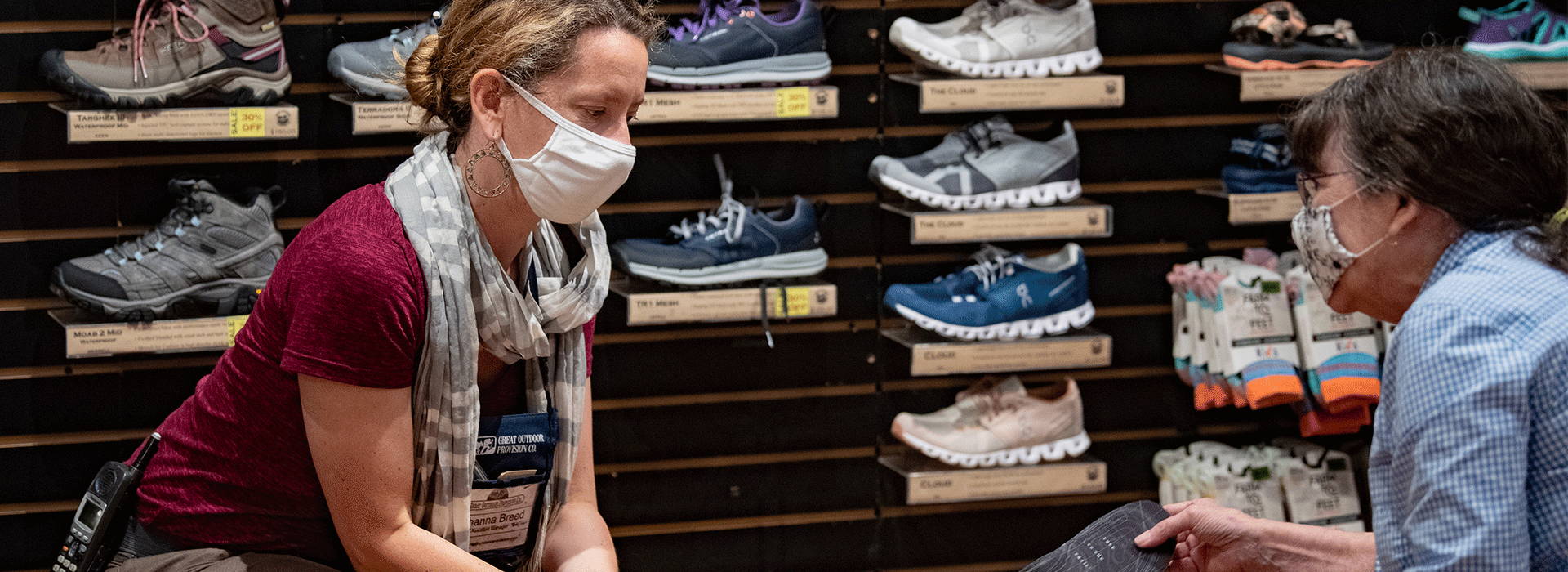How to Bring Your People Back
By Berne Broudy

In the past weeks you’ve likely closed your shop and laid off staff, and your full focus has been strategizing how to stay in business. Now, as stay-at-home orders relax and stores reopen, the next big challenge is getting furloughed employees back to work. And it’s not as simple as typing names into a schedule. Use this guide as a checklist in order to transition to the new normal as smoothly as possible.
Strong leadership makes people feel more confident.
We all hope for a return to business as usual. In the end, that may not happen. But proper prior planning, clear communication, and a willingness to be flexible will help you and your employees navigate the next phases.
Staff up before you open up.
Don’t wait until the day you’ll open to the public to bring employees back. You may need to reconfigure your store with wider aisles, directional aisles, and plexiglass at the registers before you welcome customers. Having staff implement those changes is empowering. Bring staff back to help complete seasonal changeovers, merchandise, tackle deferred maintenance, and other projects you’ve wanted to get done.
The more time employees spend back in the store doing their jobs, the more comfortable they’ll feel at work. Being with their “work family” before the store is inundated with customers will ease employee concerns and help people feel safe. It’s also an opportunity for staff to dial in new protocols like mask wearing and hand sanitizing.
Communication is key.
Your employees have likely been barraged with conflicting information about COVID-19 (like everyone else). Make sure you know the CDC guidelines, state and local regulations and recommendations, and help your staff understand the facts.
Start talking to staff well before you’re open, and continue the conversation weekly at minimum. If you haven’t been talking to staff weekly, start now.
Use email to share documents, manuals, and to disseminate information. Zoom is a great tool for talking through big news, and even to get into the nitty gritty of why you are making certain decisions. But nothing beats a phone call. Not everyone feels comfortable speaking up in a group. Talk one-on-one; your staff will feel heard and you’ll gather information that will inform your decisions. Let staff know there isn’t a playbook carved in stone, and that store policies will change as the new retail normal evolves.
Take a phased approach.
The shutdown happened in phases; reopening will happen the same way. Some employees will be psyched to get back to work as soon as possible. Some staff will feel nervous around a lot of people. Do what you can to help people ease in. Determine if some jobs—like buying, marketing, or even customer service—can be done remotely. If your state limits how many people can be in the building, some staff may need to keep working from home.
Plan for the new normal.
Do you need staff for curbside pickup, concierge shopping, or a door greeter to count customers? You may need to hire people for new positions. How much traffic you’ll have when you reopen may be a moving target. If your staff have downtime, train them in other tasks. Teach floor staff to restock or pack and ship web orders. Ask employees with extra time to write about a great local hike or favorite piece of gear for your blog or newsletter.
The best choices might be hard choices.
It may not be appropriate for all staff to come back, and that’s okay. Most retail employees are customer-facing. If a staff member has a serious health issue or their home or family situation makes broad-based interaction with the public suboptimal, and there isn’t an option for them to WFH, their continued employment may not be good for you, or them. When you can, make decisions with individual employees on the best strategy forward.